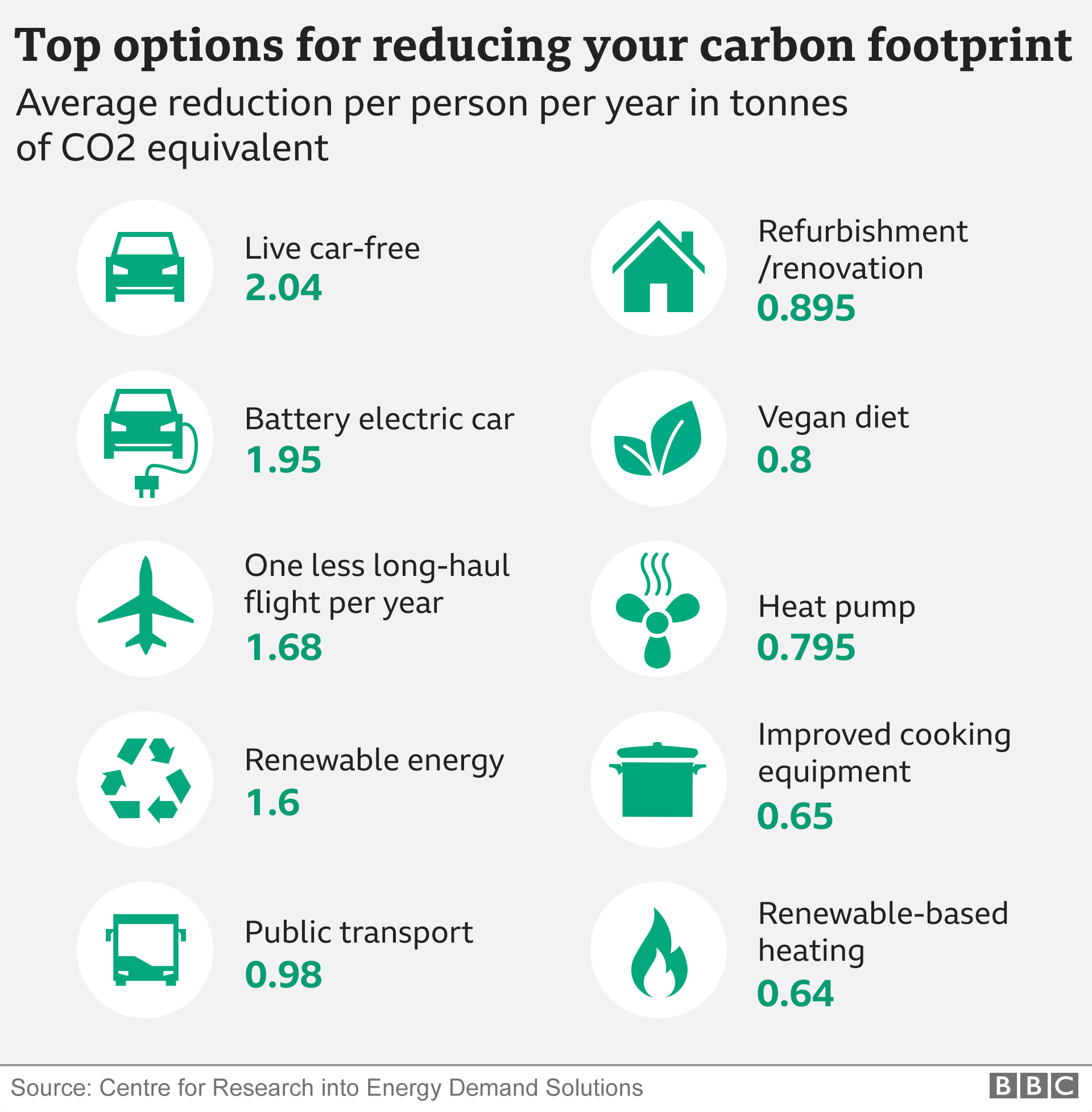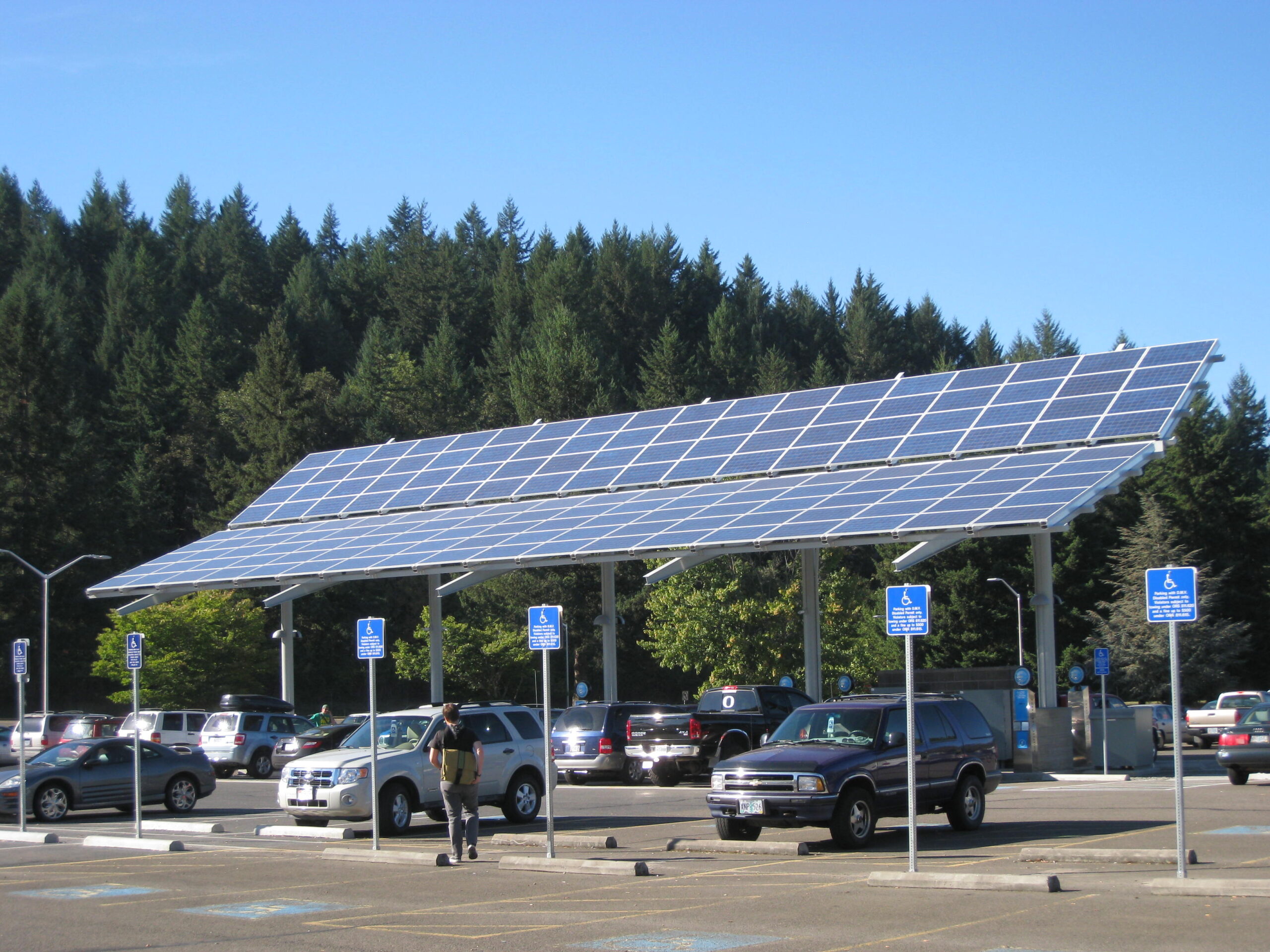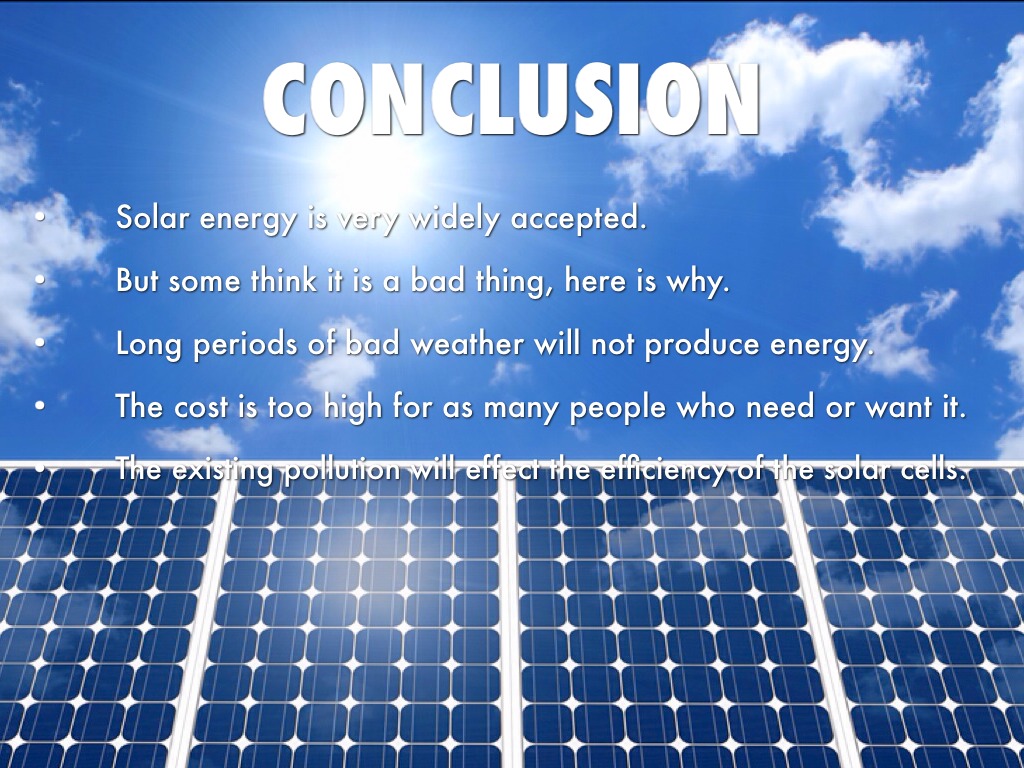Solar Energy On Road Presentation
| Introduction to Solar Energy on Road | ||
|---|---|---|
| Solar energy on road refers to the use of solar panels installed on road surfaces to harness the power of the sun. This innovative technology aims to generate clean and renewable energy while maximizing the use of existing infrastructure. Solar energy on road has the potential to revolutionize transportation and contribute to a more sustainable future. | ||
| 1 | ||
| Benefits of Solar Energy on Road | ||
|---|---|---|
| Reduced carbon emissions: Solar energy on road helps decrease the reliance on fossil fuels, leading to lower greenhouse gas emissions. Energy generation: Solar panels installed on road surfaces can convert sunlight into electricity, providing a renewable energy source for various applications. Cost savings: By utilizing solar energy, road infrastructure can reduce operational costs and make transportation more economically sustainable. | ||
| 2 | ||
| How Solar Energy on Road Works | ||
|---|---|---|
| Solar panels on road surfaces: Photovoltaic (PV) panels are integrated into roadways to capture solar energy and convert it into electricity. Road infrastructure integration: Solar panels are designed to withstand the weight of vehicles, with durable and non-slip surfaces for safe driving. Energy storage and distribution: The generated electricity can be stored in batteries or directly fed into the power grid for use in homes, businesses, or electric vehicles. | ||
| 3 | ||
| Applications of Solar Energy on Road | ||
|---|---|---|
| Electric vehicle charging: Solar energy on road can power charging stations, enabling electric vehicles to recharge while driving or parked. Street lighting: Solar-powered LED lights embedded in road surfaces provide illumination at night, reducing the need for traditional streetlights. Road infrastructure monitoring: Solar energy can support sensors embedded in roads for data collection, such as traffic flow or pavement conditions. | ||
| 4 | ||
| Challenges and Solutions | ||
|---|---|---|
| Durability and maintenance: Solar panels on road surfaces must withstand heavy traffic and extreme weather conditions. Regular maintenance and robust construction materials are essential to ensure longevity. Cost-effectiveness: Initial installation costs for solar energy on road can be high. However, advancements in technology and economies of scale are driving down costs over time. Efficiency and energy conversion: Continuous research and development are needed to improve the efficiency of solar panels and maximize energy conversion rates. |  | |
| 5 | ||
| Case Study: Solar Roadways | ||
|---|---|---|
| Solar Roadways is a pioneering project in the United States that aims to replace traditional road surfaces with solar panels. The project envisions integrating solar panels with advanced features such as heating elements, LED lighting, and wireless charging capabilities. Solar Roadways has attracted attention for its potential to generate renewable energy, improve road safety, and create sustainable infrastructure. | ||
| 6 | ||
| Environmental Impact | ||
|---|---|---|
| Solar energy on road significantly reduces carbon emissions and air pollution compared to traditional fossil fuel-based transportation systems. By replacing traditional road surfaces with solar panels, it also minimizes the need for land use and preserves the natural environment. The utilization of solar energy on road contributes to the overall shift towards a more sustainable and greener future. | ||
| 7 | ||
| Future Potential and Expansion | ||
|---|---|---|
| As technology advances and costs decrease, solar energy on road has the potential to become more widespread, transforming transportation systems globally. The integration of smart technologies, such as wireless charging and connected infrastructure, further enhances the efficiency and functionality of solar roads. Governments, corporations, and individuals have a crucial role in supporting and investing in the development and implementation of solar energy on road. | ||
| 8 | ||
| Conclusion | ||
|---|---|---|
| Solar energy on road offers numerous benefits, including reduced carbon emissions, energy generation, and cost savings. With ongoing research and development, challenges related to durability, cost-effectiveness, and energy efficiency can be overcome. Embracing solar energy on road has the potential to revolutionize transportation systems and contribute to a more sustainable and greener future. | ||
| 9 | ||
| Questions and Discussion | ||
|---|---|---|
| Are there any specific challenges or limitations that need to be addressed before implementing solar energy on road on a larger scale? What are some potential economic benefits and cost savings associated with adopting solar energy on road? How can governments and private sectors collaborate to promote the research, development, and implementation of solar energy on road? | ||
| 10 | ||







